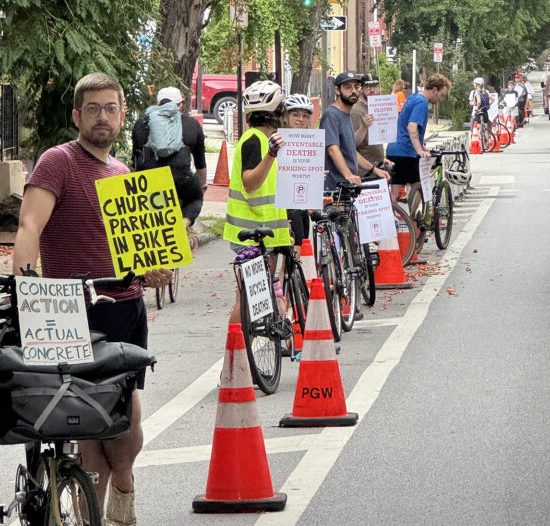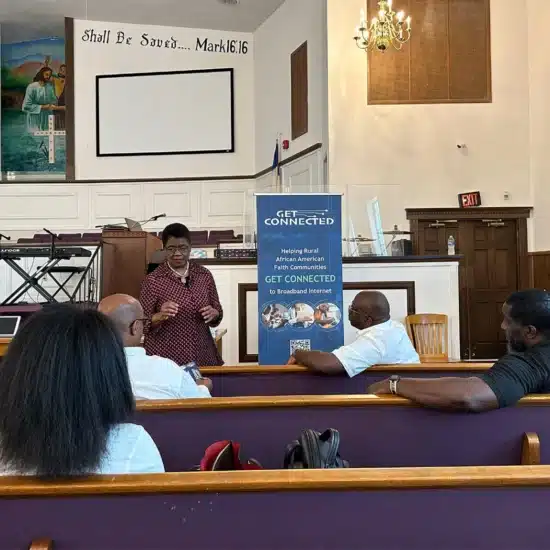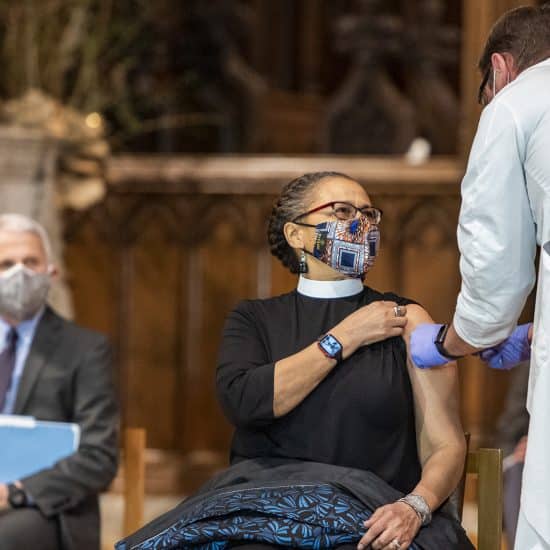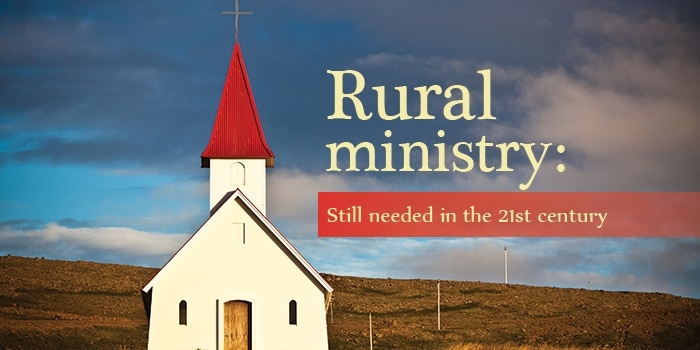
Although large churches dominate headlines, churches with more than 1,000 members account for only about 2 percent of U.S. churches. About 90 percent of churches average less than 350 in attendance, and about 50 percent average less than 75. Many of the smaller churches are found in more rural settings than the flashy megachurches that steal attention away from the typical churches.
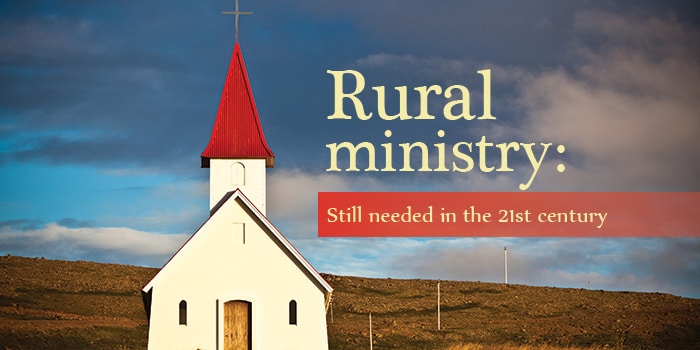 Although large churches dominate headlines, churches with more than 1,000 members account for only about 2 percent of U.S. churches, and about 50 percent average less than 75.Dennis Bickers, southeast area resource minister for the American Baptist Churches of Indiana and Kentucky, noted that at smaller, rural churches, “people feel overlooked” as denominational staff often come from larger churches and focus on larger churches in cities.
Although large churches dominate headlines, churches with more than 1,000 members account for only about 2 percent of U.S. churches, and about 50 percent average less than 75.Dennis Bickers, southeast area resource minister for the American Baptist Churches of Indiana and Kentucky, noted that at smaller, rural churches, “people feel overlooked” as denominational staff often come from larger churches and focus on larger churches in cities.
Bickers remains passionate about helping smaller, rural churches. He authored several books to help pastors and lay leaders, including The Heathy Small Church and The Art and Practice of Bivocational Ministry. He also leads a seminar around the country on “the healthy small church.”
Bickers sees “intentionality” as a key need in denominational life when it comes to rural churches. He noted his region of American Baptists has been “very intentional about recognizing the importance of smaller churches, rural churches.” This is represented, in part, by his position on staff as someone with experience and excitement for serving rural churches.
A key challenge he seeks to help rural churches with is “finding capable leadership.” He noted this is particularly difficult for smaller churches seeking a bivocational minister.
“Many seminary graduates will not even consider taking a smaller church,” Bickers explained. “So finding pastoral leadership is becoming increasingly challenging.”
Additionally, he sees societal trends as adding to the struggles of rural churches.
“More and more people are moving from the rural area to urban settings,” he stated. “Trying to reach new people is a challenge because we are in a time where people take their consumer mentality to church with them, not just to Walmart.”
“Smaller churches tend to be more traditional, so if people are not looking for that it can be become difficult,” he added.
Unique blessings
Despite the many challenges of rural ministry, Melody Pryor also sees unique blessings to ministering in such contexts. Pryor serves as pastor of First Baptist Church of Stanton, Mo., and as board secretary for Churchnet (also known as the Baptist General Convention of Missouri). Stanton, an unincorporated city with a population of just a few dozen, sits on Interstate 44 between St. Louis and Rolla.
She sees “familiarity” as one of “the biggest blessings.”
“Many of the families have lived in the community for generations,” she explained. “When someone asks for prayer for another person, chances are the other church members know that person. Either they went to school with them, they were a neighbor or they are a family member or married to a family, etc. Farmers seem to have a tendency to know who owns the property next to theirs.”
“Another blessing — unique to our location — is the visitors we receive,” Pryor added. “There is a KOA campground across the road from us and Meramec Caverns campground/motel just a couple miles down the road. We are also located on the famous Route 66 and on Interstate 44. We have had visitors from just about every state in the Union and from Canada, Australia and England.”
Bickers similarly sees unique opportunities for rural churches.
“People in rural churches share common experiences,” he said. “That’s certainly a strength of these churches.”
“People are more important than programs,” he added. “You don’t have to audition to sing in the choir in most rural churches. Relationships are key. Everything in a small church, a rural church, revolves around relationships.”
He also noted that “people communicate quickly.” For instance, “if there’s a death, before the day’s done, details are worked out” like “who’s going to bring potato salad” and take care of other needs.
Tackling rural poverty
Mollie Palmer serves as the director of Together for Hope Arkansas, a Cooperative Baptist Fellowship regional initiative.
“Together for Hope on a national level is CBF’s rural poverty initiative,” Palmer explained.
She noted several programs that the Arkansas effort undertakes in Phillips County on the Mississippi River. They partner with local preschools, bring a ‘stories on wheels’ school bus that has been refitted with bookshelves and work tables as a sort of traveling library, lead summer reading programs to stop “summer slide where people lose information over the summer because they are not engaged in reading” and connect community volunteers to help mentor students during the school year who are reading below grade level. They also help youth with leadership development through service projects, summer camp and a new college scholarship program.
As a challenge to rural ministry, Palmer sees “people tend to focus their resources on urban areas so you have to be a little more creative on how you focus your program” in rural areas.
“I never in a million years would have told you I would have ended up in a rural community,” she said, noting she grew up in a Little Rock suburb. “We, as a society, have kind of cast aside the rural community, and it’s not something that the cool kids do.”
“Our culture suggests that all the talents and the resources and the money go to urban centers and we tend to overlook the talents and resources of people who choose to stay in rural communities,” Palmer lamented.
“You can make a big impact in a rural community,” she added. “Rural communities have a lot to offer.”

